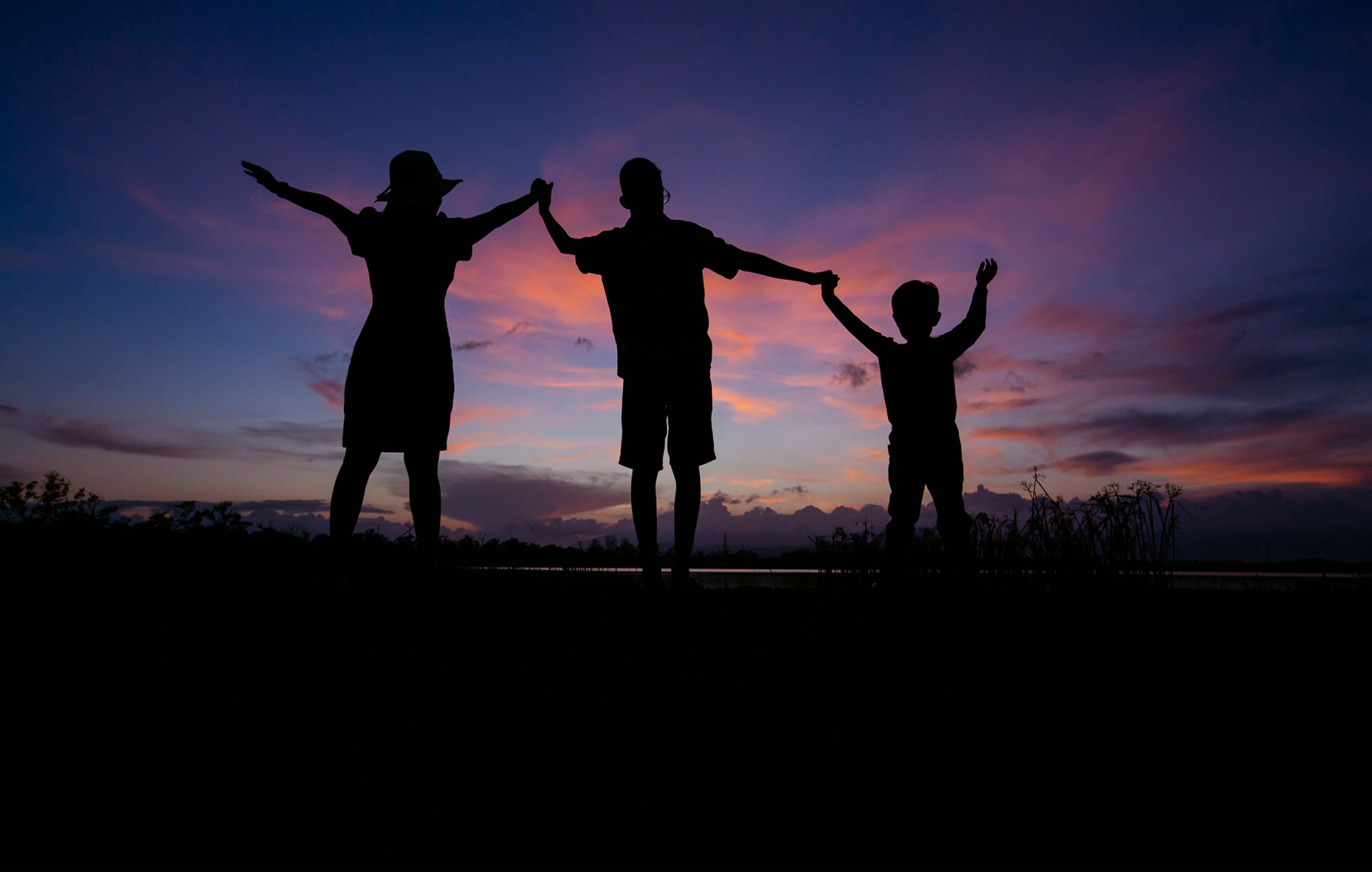We are all aware that mobile phones with access to the internet are now used by most children and young people. However, whether children are on or offline they participate in risk-taking behaviours to experiment and to establish their self-identity especially through the adolescent years.
In light of recent high-profile murder cases where young people’s risky behaviour has been influenced by online activities, one response has been a suggestion that a law should be introduced to prevent children from being able to buy or use a fully internet-enabled phone.
If we took a stance to ban internet-enabled mobile phones how and who would police this? How would we reverse what historically has seen a technological explosion and young people being seen as “digital natives”? The mobile phone for some parents and children not only increases feelings of safety, having it available on them in person possibly contains or reduces potential risky or harmful situations.
Internet-enabled phones can be seen by some parents as an anxiety-reducing device. This describes a two-way process in that both parents and children can call or contact each other to reduce worry. On the one hand this may be seen as parental control but on the other it offers independence and freedom while allowing a sense of protection and connectedness.
Mobile phones do allow children to communicate with others without parents knowing or without constraints. But there is no simple answer – the mobile phone is woven into childhood and therefore, we need to find innovative ways to use this for good while working to protect from the bad.
Apps or social networking sites offer endless possibilities for creating a self-image and a social online identity. This construct of children’s self-identity forms part of a wider childhood online network and is where the child self-expression is demonstrated. Whereas once it was posters on bedroom walls it can now be seen as videos on Tik Tok or Snapchat for instance. As well as “hanging out” on social media from home rather than standing on a street corner, these apps support a sense of online community.
However, smartphone apps should be seen as a way to think and respond differently. They can be used to create connections between child, professional and technology to greatly improve digital self-referrals for children and young people. This would form part of early help services where children had greater digital accessibility in real time to social workers and other professionals to seek help, advice and guidance. Internet-enabled mobile phones are the most promising vehicle for introducing the child’s voice into the child protection system.
If we give children and young people agency in the process of sharing their lived experiences and co-designing apps and social networking sites with them and for them, then just maybe we will be able to build safety features that work for them as well for parents and carers.
Yes, we have seen recent tragic cases that involve the misuse of social media – but we have also sadly seen child deaths due to other forms of abuse. Safety of children goes back to safeguarding being everyone’s responsibility including themselves, parents, foster carers, teachers, police officers, health professionals. It is on us as the adults to co-create and co-design with children and also share with them information about safer online activity. There is already a mass of online safety materials, but I believe we need to look in a new direction where we use tech for good and co-design safe childhood spaces which would also allow them to share their information in real time with the professionals that can protect them.
Children’s mobile phone use can increase risk-taking behaviour but it can also increase their safety.
Dr Sarah Carlick specialises in developing safe social care technical childhood spaces


